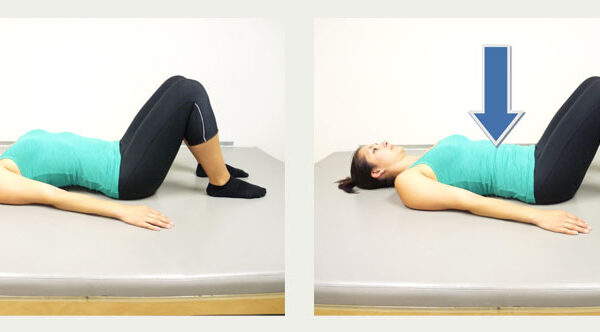Scoliosis, a condition characterised by an abnormal spine curvature, affects millions worldwide. While scoliosis can cause discomfort, pain, and even limitations in movement, there is hope for those seeking relief. We will explore a variety of essential exercises explicitly designed to strengthen your spine and alleviate the symptoms of scoliosis. Whether you have mild or severe scoliosis, these exercises offer a safe and effective way to improve your spinal health. Get ready to take control of your well-being and embark on a journey towards a stronger, more aligned spine.
Exercise Selection for Scoliosis
When tailoring your workout for scoliosis, exercise selection is crucial. Specific exercises can help strengthen the muscles surrounding the spine, improve posture, and promote spinal stability. It is essential to focus on exercises targeting specific scoliosis-related muscles, such as the erector spinae, the deep abdominal muscles, and the obliques.
Some essential exercises for scoliosis include pelvic tilts, side planks, and standing lunges. Pelvic tilts can help improve core stability and strengthen the muscles that support the spine. Side planks target the oblique muscles, helping to stabilise the spine and improve posture. Standing lunges can help strengthen the gluteal muscles and improve overall balance and stability.
Always consult a healthcare professional or a qualified exercise specialist before starting any new exercise program, especially if you have scoliosis. They can provide personalised recommendations based on the severity and type of your scoliosis. By tailoring your workout and selecting the right exercises, you can effectively strengthen your spine and alleviate the symptoms of scoliosis.
When to Modify Your Scoliosis Exercises
Monitoring your progress is crucial to any exercise routine, especially when managing scoliosis. Regularly assessing your body’s response to the exercises can determine when to modify your scoliosis exercises. One crucial factor to consider is pain. While discomfort is expected when working muscles that haven’t been used before, any sharp or intense pain should not be disregarded. Suppose the exercises consistently cause pain that interrupts your daily life or worsens scoliosis symptoms. Consulting with a healthcare professional or modifying your exercise routine may be necessary.
Another factor to monitor is your range of motion. As you engage in scoliosis exercises, keep track of any improvements or limitations in your mobility. If you notice that specific exercises are becoming increasingly complex, or if you are no longer progressing, it might be time to modify your routine. It could involve adjusting the intensity, duration, or type of exercises you perform to continue challenging your body without causing excessive strain.
Monitoring your progress when doing scoliosis exercises is essential. Pay attention to any pain or discomfort during or after the exercises, and adjust accordingly. Additionally, closely monitor your range of motion and assess whether you are making improvements or facing limitations. By staying vigilant and modifying your routine when necessary, you can continue to strengthen your spine and manage your scoliosis effectively.
Role of Regular Exercise
Regular exercise plays a critical role in combating scoliosis. By strengthening the muscles surrounding the spine, exercise can help support the spine’s correct alignment and reduce the degree of curvature. Exercises that target the core muscles, such as the abdomen and lower back, are especially beneficial as they provide stability and support for the spine. Exercises promoting flexibility and range of motion can help improve posture and reduce muscular imbalances. Physical therapists and exercise specialists can provide personalised exercise programs tailored to individual needs and ensure proper technique for maximum benefits.
It is important to note that while exercise can be a valuable tool in managing scoliosis, it should be done under professional guidance. Each case of scoliosis is unique, and specific exercises may be more suitable than others depending on the severity and particular curvature of the spine. Regular exercise, combined with proper medical care and monitoring, can contribute to a healthier, stronger spine and improve the overall quality of life for individuals with scoliosis.
How Exercise Complements Scoliosis Therapy
Engaging in targeted exercises can help correct imbalances caused by scoliotic curvature, enhance posture, and alleviate pain associated with the condition. By focusing on exercises that strengthen the core and back muscles, individuals can develop a stronger and more supportive musculature surrounding the spine, minimising the adverse effects of scoliosis. Additionally, regular exercise can improve posture and alignment, allowing for better overall spinal health.
Working closely with a healthcare professional or a specialised scoliosis therapist is essential to develop an exercise program tailored to your unique needs. They can guide which exercises are safe and effective for your specific condition, ensuring maximum benefit and minimised risk of injury. Incorporating exercise into your scoliosis therapy can support your treatment and boost your overall well-being and quality of life.




